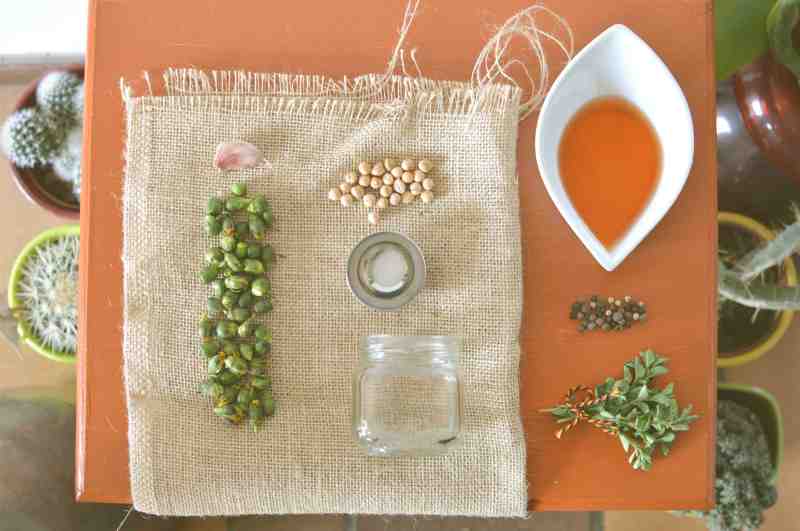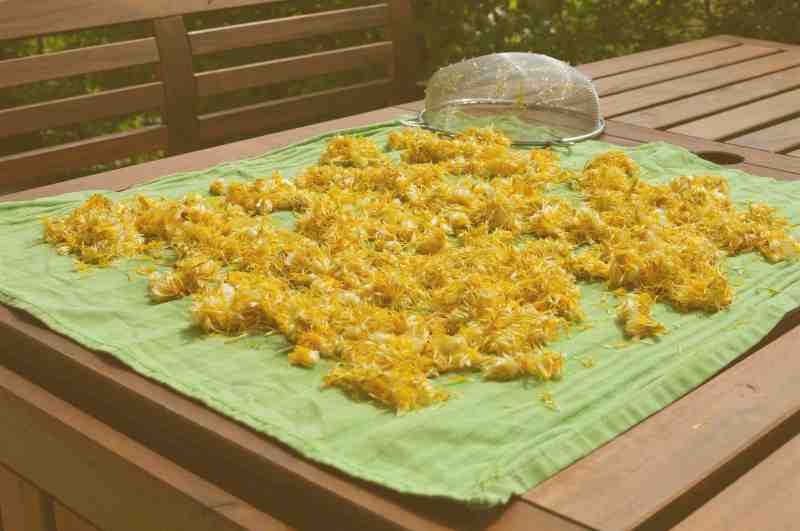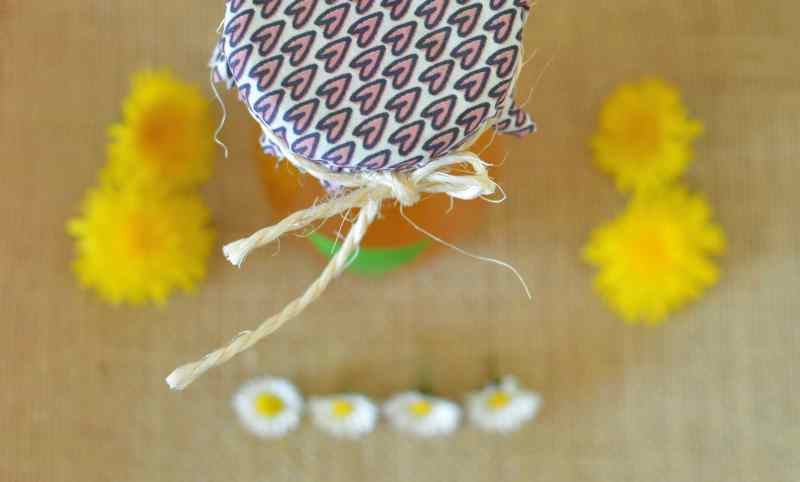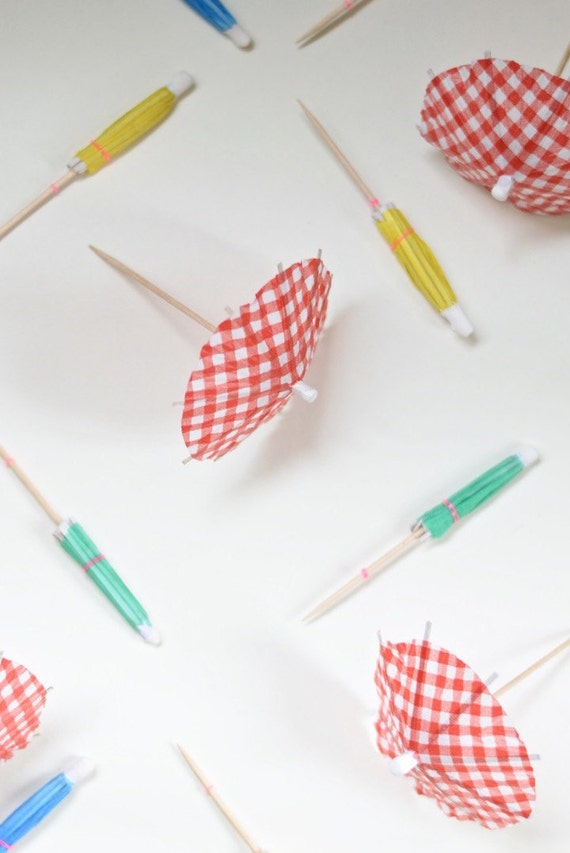Food ” Dandelion
I’m all into dandelions these days. A year ago or so we joined a wild-flower-food-walk in the Netherlands (in Utrecht) and I recall blogging about it here as well. Later on I bought a small cooking book in french filled with recipes with dandelions and nettles and since then eating wild flowers has mostly been on the back of my mind but didn’t do anything actively with it. Then this week came and our grass filled up with yellow dandelions, not only our grass, but also our veggie garden. So I started looking at some blogs about getting rid of dandelions and the advise was simple: make the removal of the dandelions a win-win situation. Pick the plant and eat the root, leafs, flower and buds! Whuat, is that the best advise internet can give me?
I should tell you that I somehow always remember that dandelions are poisonous and that one can’t eat the flower because of the white milky substance that’s in it (aghum… *looks shamefully to the floor and wiggles right foot* because it was supposedly snake milk). I don’t know where or how I came up with that idea, it were either small children that came up with that and then when I asked my parents they maybe confirmed just to make sure I didn’t eat the plant. But now I know that dandelions are not poisonous – it was time – right – that somebody told me the truth?!
Anyhow, the leafs were kind of old of most of the dandelions and I believe the roots are also to be consumed a bit earlier in the process (before the flowers bloom), but there were a lot of flowers and flower buds for me to start picking them. And so I did, it was a dirty job, but somebody had to do it. If you are afraid of getting your hands dirty, some advise to wear gloves. I find that a bit too much, but it’s up to you. Advised amount of flowers? Strangely enough the internet loves to tell you that you need 400 of them. Yep, 400, you heard that right!
The really dirty job only begins after you have picked the buds and flowers. You have to prepare them before they can be transformed into jam or capers. I spend a whole evening dividing the petals from the stems (like the last part of the artichokes when you are eating a cooked one). And then they had to dry in the sun for an hour. Then they had to be cooked with citrus fruits, cooled down for 24h and cooked up again (for hours) with some sugar to make real jelly out of it. A lot of work you might say for a bit of jam and some capers. And you might be right, but it’s fun to make something out of nothing. Out of something that you normally step on and don’t care about. Now that we are two days later I can say that the jam is done and the bud-capers are in their first salty bath. In three days I can remove them from there and start soaking them in vinegar and herbs for a few weeks.
I wanted to place both recipes on the blog. I will definitely do that for the capers when everything is done, but I have to try the jam first to see if it worked out. It looks a bit watery at the moment and I found so many conflicting and vague sources about the procedure, that I also can’t forward you to the best source to do this yourself. So if my jam worked out I’ll tell you what parts of which recipes I put together and how you can do it. The capers are quite easy, so if you make sure you collect all the below ingredients (dandelion buds, garlic, small jar, salt, tarragon, pepper, apple vinegar, dry beans). I’ll share everything with you in a few days, when the capers are going to be transferred to the sour bath. Hey and who knows, if it all tastes good, I don’t really have to get rid of them (the dandelions) this year.
Enjoy picking the flowers in the meantime, I hope you can do it beneath a smiling sun!







April 28, 2013
[…] Last week I promised you to post the recipe of the dandelion jam if it was a succes. Well we tried it this morning and it was a big succes! The recipe will be for dandelion syrup though, not for dandelion jam because it turned out more like syrup in the end. Also based on the taste we thought it would be a great companion for goats cheese on a cheese platter. But it also tastes great just by itself on a piece of bread. […]